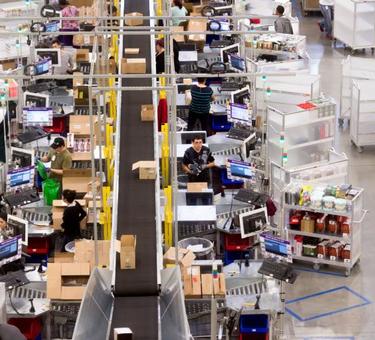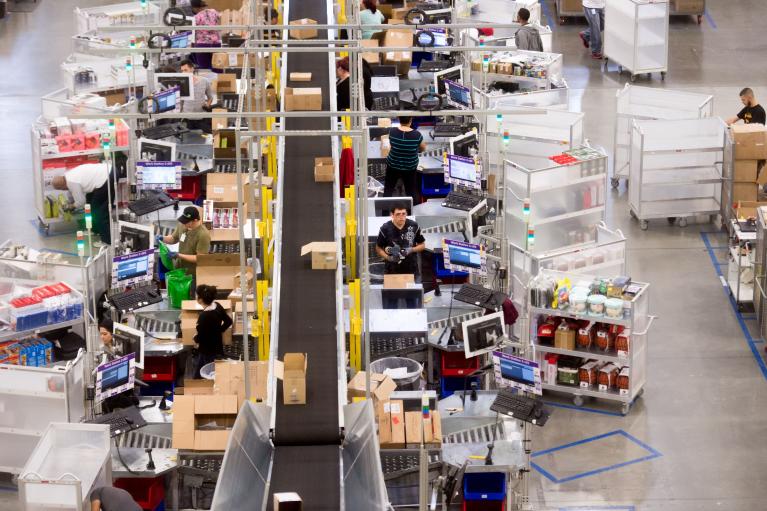What is the current and future role of logistics real estate in supply chains? Prologis Research took a close look.
In the first paper of a three-part series, we found that the rise of e-commerce is pulling supply chains closer to consumers, driving demand for logistics spaces with higher rental rates.
The recently published second paper, entitled “Unlocking Supply Chain Value,” examines the economics of supply chains and the implications for real estate, creating a new model that helps evaluate the tradeoffs companies must make in their supply chains to optimize costs and address rising customer expectations for enhanced service levels.
The main findings show that while the only constant is change, this new model of the economics in supply chains reveals durable industry trends, consideration that can help future-proof supply chains, logistics operations and investments. The trends are:
- Logistics real estate rent is the smallest component of supply chain cost, but creates outsized value in terms of enabling higher service levels and the opportunity to save on other costs in supply chains.
- Supply chains are intensifying the need for labor and creating significant job growth in local communities.
- E-commerce has given rise to synchronized commerce, where the pick/pay/deliver portion of supply chains is performed by retailers instead of customers.
- Supply chains are stretching all the way to consumers’ doorsteps, offering more convenience and selection.
- Logistics real estate is critical to execute emergent e-fulfillment strategies, including click and collect, as well as kiosks.
To illuminate the tradeoffs, Prologis Research collaborated with The Sequoia Partnership, a leading supply chain research group, to develop a model to calculate the total cost of supply chains and their constituent parts. This model also accounts for the rising influence of e-commerce.
What might the future hold?
Prologis’ final report in the series will explore future trends, such as how technical innovation and economic cycles are leading to change among the constituent costs of supply chains, especially for transportation, labor and equipment, as well as how innovations, such as alternative fuels, robotics and automation, big data/predictive analytics will shape the future of supply chains and, potentially, the types of real estate most in demand.
View the full report “Unlocking Supply Chain Value.”

